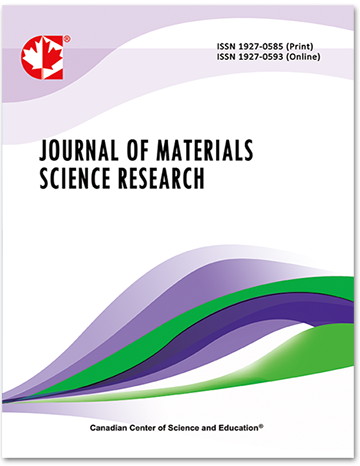Tribological Investigations of PVD Coated Multi-Layer Constructions
- Marcus Schulze
- Holger Seidlitz
- Franziska Konig
- Sabine WeiB
Abstract
Multi-layer constructions become more and more relevant in lightweight applications due to their high strength to weight ratio. They offer excellent crash, damping and recycling properties. Also, the morphology of thermoplastic carbon fibre reinforced plastics (CFRP) render them interesting for large scale manufacturing processes. Nevertheless, a major disadvantage results in a poor resistance against wear and tear, e.g. erosion, which is attributed to weak hardness properties. Hence, this work deals with tribological investigations on orthotropic carbon fibre reinforced polymers (PA 6) either with protective ceramic coating or without. The chosen coating system is a well-known protective covering of metal components, e.g. metal cutting tools, produced by physical vapor deposition (PVD). To characterize the coating system on thermoplastic CFRP, standard analyzing methods are utilized, like optical and scanning electron microscopy (SEM). The tribological investigations are conducted by the tribological ball on disk method to generate wear tracks on the sample surfaces and hence to calculate the wear rates. These results are compared to literature findings with respect to a certain protective coating system (TiN) and a second nano-structured gel coating system, where both systems are deposited on a thermosetting material, i.e. carbon fibre reinforced epoxy resin, respectively. For this purpose the feasibility of depositing a protective ceramic layer on thermoplastic CFRP is demonstrated. First results on suitable surface pre-treatments have shown a significant influence on the coating quality. The improved performance regarding the wear behavior with respect to tribology compared to the poor substrate and existing technologies is shown additionally.
- Full Text:
 PDF
PDF
- DOI:10.5539/jmsr.v5n1p97
Journal Metrics
Impact Factor 2022 (by WJCI): 0.583
Google-based Impact Factor (2021): 0.52
h-index (December 2021): 22
i10-index (December 2021): 74
h5-index (December 2021): N/A
h5-median (December 2021): N/A
Index
- CAS (American Chemical Society)
- CNKI Scholar
- Elektronische Zeitschriftenbibliothek (EZB)
- EuroPub Database
- Excellence in Research for Australia (ERA)
- Google Scholar
- Infotrieve
- JournalTOCs
- LOCKSS
- NewJour
- PKP Open Archives Harvester
- Qualis/CAPES
- SHERPA/RoMEO
- Standard Periodical Directory
- Universe Digital Library
- WJCI Report
- WorldCat
Contact
- John MartinEditorial Assistant
- jmsr@ccsenet.org
